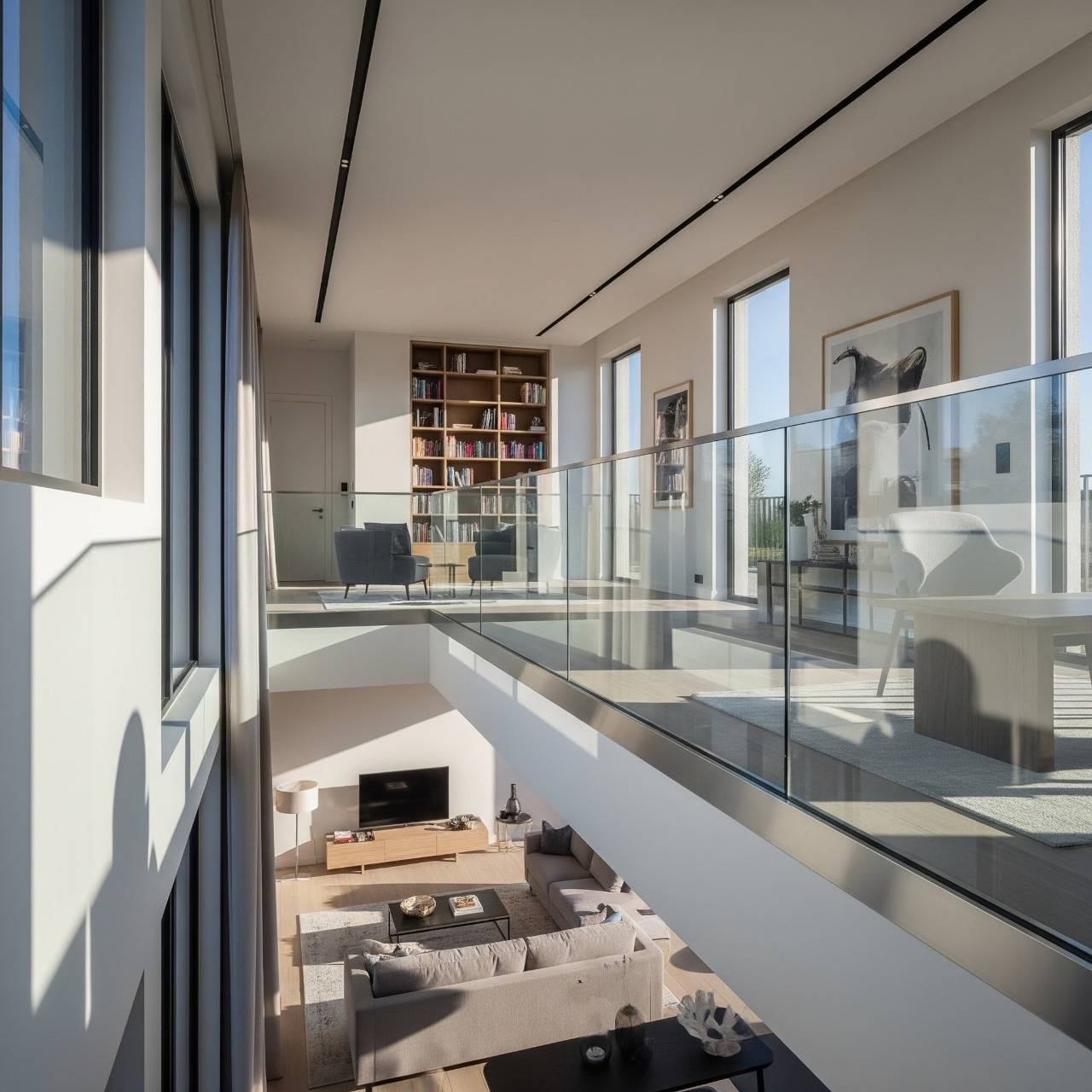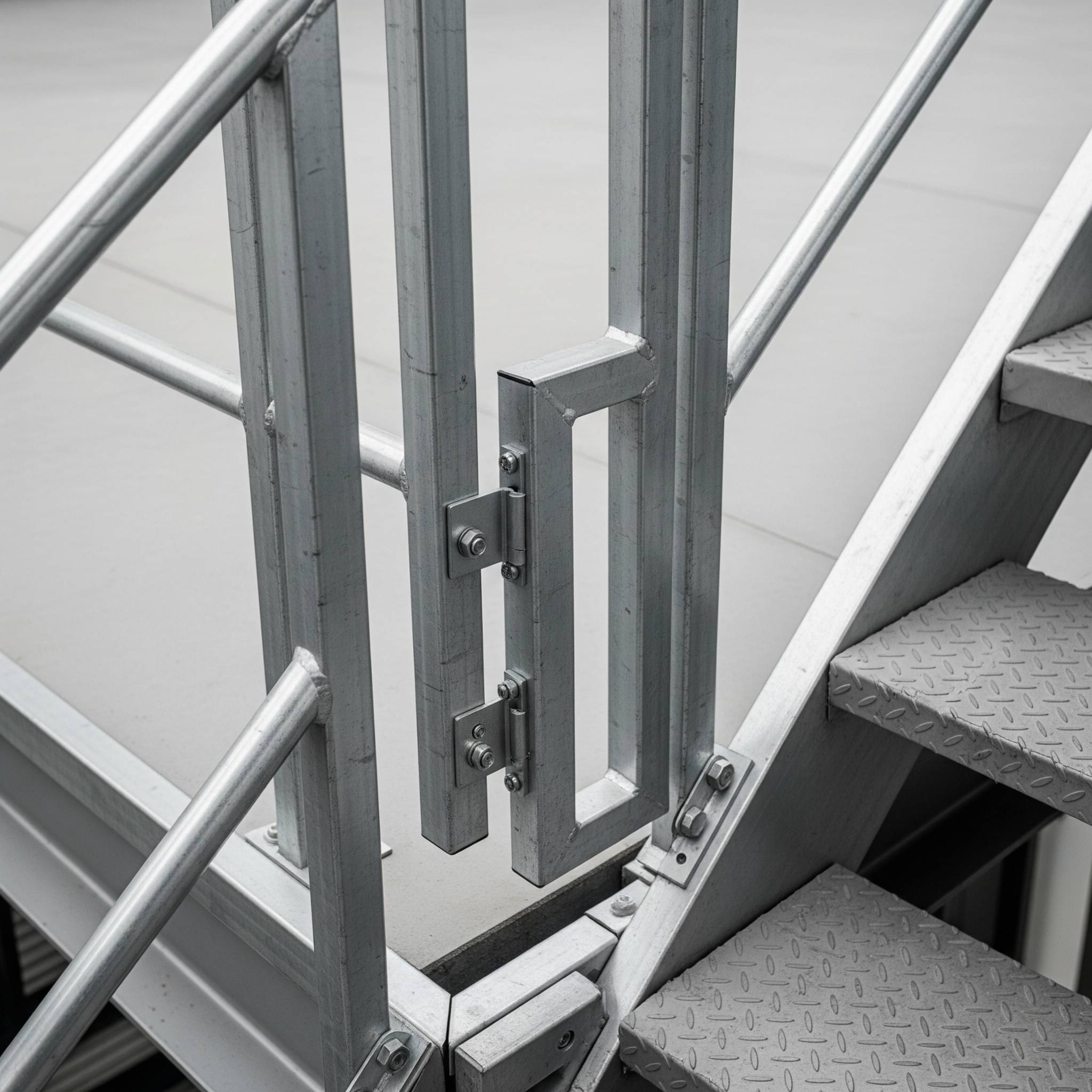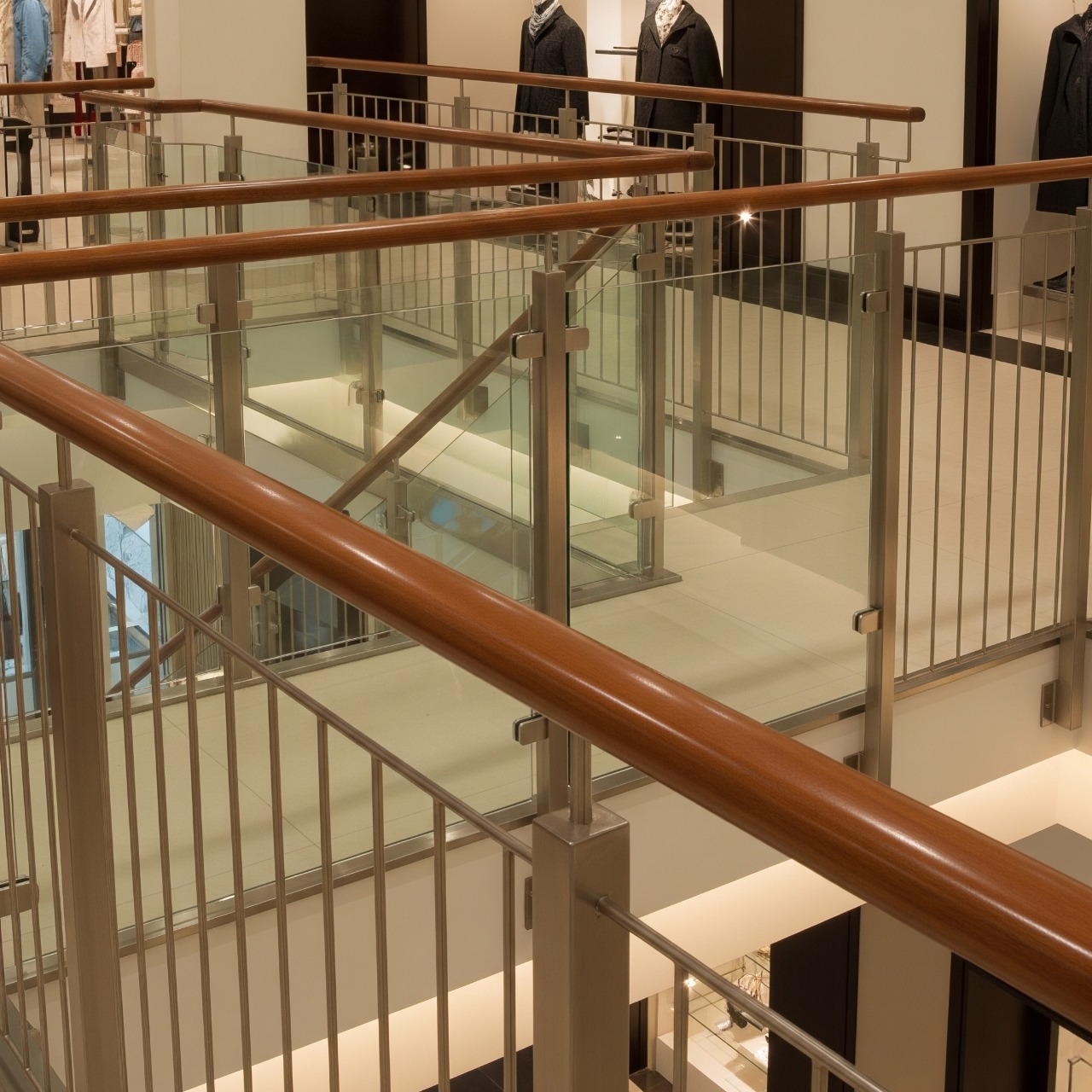The Psychology of Space: Why Mezzanines Make Rooms Feel Bigger

In architecture and design, it’s not just about the square footage — it’s about how a space feels. A prime example of this concept in architecture is the cleverly integrated mezzanine. Often added to commercial, residential, office space or retail and shops, mezzanines don’t just expand usable area; they also create the illusion of more space, transforming the experience of a room both functionally and psychologically.
How We Perceive Space
Before diving into mezzanines, it helps to understand how the human brain perceives space. Factors like ceiling height, openness, sightlines, light flow, and vertical layering play a huge role in how large or small a room feels — regardless of its actual dimensions. Spaces that allow the eye to travel freely and vertically often feel more expansive than closed-in, flat-floor environments.
Mezzanines as a Vertical Solution
A mezzanine introduces verticality to a space. Instead of expanding outward (which may not be possible), it uses unused overhead volume, giving a room a multi-level effect. This increases usable space while maintaining — or even enhancing — the room’s openness.
For example:
- In a retail store, a mezzanine can provide extra display or storage space while keeping the floor below airy and accessible.
- In offices, mezzanines are used for breakout areas or quiet zones without enclosing the space in full walls.
- In commercial space or studios, a sleeping mezzanine preserves the open living area below, making the entire space feel lighter and less confined.
Light, Air, and Openness
By preserving light and airflow, mezzanines contribute to an airy, open ambiance. Since many mezzanine designs use glass balustrades, open staircases, or minimalist railings, they allow light to travel uninterrupted, enhancing the feeling of openness.
Open-plan mezzanines especially maintain a connection between upper and lower levels — your eyes can travel from floor to ceiling without being visually blocked, creating a sense of height and fluidity.
Layered Living and Cognitive Perception
The presence of a mezzanine creates a layered experience — your brain registers more dimensions in the room, which feels more engaging and dynamic. Even when a mezzanine is compact, it tells your brain: “There’s more here than just one level.” This layered thinking contributes to a sense of abundance and spaciousness.
Final Thought: More Than Meets the Eye
A mezzanine isn’t just a structural addition — it’s a psychological enhancer. It makes rooms feel bigger, airier, and more capable, without needing more land or a full second floor. By optimising both form and feeling, mezzanines are a powerful design choice for anyone who wants to make the most of their space — and feel it, too. Interested in adding a mezzanine to your space? Get in touch with us today to explore the possibilities.




